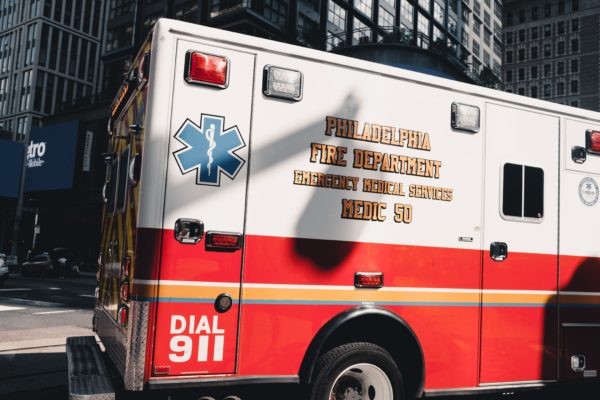With the US healthcare system increasingly facing higher costs and rising demands, especially during the COVID-19 pandemic, EMS providers and accountable care organizations (ACOs) are being forced to adapt by introducing or re-visiting progressive care models that focus on providing better care for individuals, improving health for populations, and doing it for a lower cost. As such, the common goal of Mobile Integrated Health (MIH) and Emergency Triage, Treat, and Transport (ET3) is to provide higher quality care through better coordination of resources among emergency medical care (EMS) providers outside of the hospital environment.
Mobile Integrated Health
According to a scholarly article, “[MIH] is a patient-centered, innovative delivery model offering on-demand, needs-based care, and preventive services, delivered in the patient’s home or mobile environment.” MIH, also known as Community Paramedicine, allows paramedics to respond to the urgent care needs of patients in their own homes and communities. Where a paramedic provides an advantage in these settings is that they can begin medical care that would traditionally require transportation to an emergency department, reducing the burden on the emergency department and creating capacity for more appropriate cases.
Emergency Triage, Treat, and Transport
According to the Centers for Medicaid & Medicare Services (CMS), Medicare only allows payment for emergency ground ambulance services when individuals are transported to hospitals, critical access hospitals, skilled nursing facilities, and dialysis centers. Most Medicare beneficiaries who call 911 are then transported to one of these facilities, and most often to a hospital ED, even when a lower-acuity destination may more appropriately meet an individual’s needs.
ET3 is a five-year payment model intended to provide greater flexibility for ambulance care teams to address emergency health care needs of Medicare Fee-for-Service (FFS) beneficiaries after a 911 call. Starting in fall 2020, CMS is paying ET3-participating ambulance companies and providers to the following:
- Transport a patient to a hospital emergency department or other destination covered under the regulations.
- Transport a patient to an alternative destination, such as a primary care doctor’s office or an urgent care clinic.
- Provide treatment with a qualified healthcare partner, either on location or via telehealth
Executing MIH or ET3 Strategies with Roundtrip
If you are considering how to roll out an MIH program or an ET3 strategy you have a few things to consider:
- Are navigators or triage nurses provided with tools to address transportation barriers for patients who do not have a ride or access to public transportation?
- How will patients be transported back home following treatment at an alternate care site?
- If a patient is triaged via telehealth, and they do need to be seen in-person, how will that trip be arranged and monitored?
Consider how Roundtrip can help you
- Roundtrip is a ride-ordering technology that provides any level of non-emergent transportation, including rideshare, wheelchair van, and ambulance.
- Roundtrip is widely used by health systems, behavioral health clinics, social services, transit authorities, and health plans.
- Our platform is integrated with EHRs like Epic and Cerner and CAD systems like WellRyde, TraumaSoft, and ZOLL.
- Roundtrip records real-time metrics across 60+ data points and reporting on trips.
